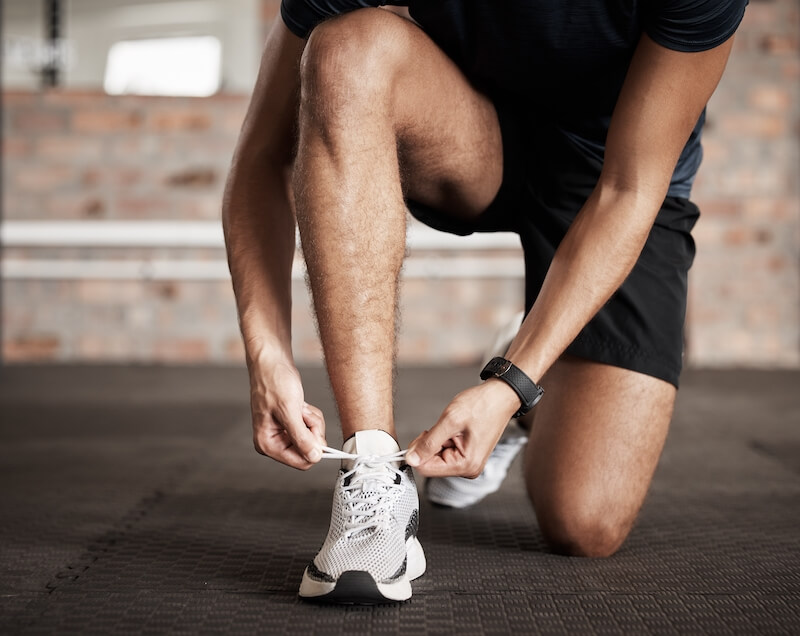Products You May Like
Weight lifting shoes vs trainers: find out which is better suited to your fitness needs…
Finding the right shoes to work out in can be confusing. While the average gym-goers’ first choice would be generic gym trainers, spend enough time around the squat rack and you’ll spot specialist weight lifting shoes – or even people sporting Vans and Converse All-Stars.
So what is the difference between weight lifting shoes and trainers? And is one design better than the other for working out in?
In the market for some new gym shoes? Try the New Balance Fresh Foam X 1080 v12
BUY IT NOW:
$159.99 / £160 / newbalance.com
Weight lifting shoes vs trainers: the basics
As the style’s name suggests, weight lifting shoes are designed for the weights room rather than the cardio-focused section of the gym. They have a flat, gripped sole and wide toe box to provide support and stability. They also offer a solid platform where all of the force goes into the lift – and not into the cushioning of the shoe.
Other common features that define lifting shoes include reinforced uppers to protect the feet from dropped weights, and an elevated heel, which improves the overall movement during a squat.
Trainers, meanwhile – whether they’re running-specific or gym shoes – are made to be lightweight, flexible and cushioned on a variety of surfaces. Ideal for cardiovascular exercise, trainers come in a variety of designs, but the majority contain some sort of shock absorption and an outsole that can put a spring in your step.
In the weights room, though, the more running-focused models lack ankle support and the cushioning can impact stability and actual force generation.
When to use weight lifting shoes
Great for Olympic lifts such as squats, weight lifting shoes can provide a solid and secure base for a session at the rack. But their benefits go beyond good grip and added protection. Their raised heel can also help provide more ankle mobility, enabling you to take the squat deeper. They’re scientifically backed, too, with one study finding that weight lifting shoes reduced ankle flexion, increased knee flexion and led to a more upright trunk.
Need some weightlifting shoes? Try the Reebok Legacy Lifter II
BUY IT NOW:
$200 / £150 / reebok.com

Weight lifting shoes should be reserved for heavy Olympic lifts, but if your workouts tend to incorporate a mix of strength and cardio, trainers will be better suited
When to wear trainers over lifting shoes
While the obvious answer to this might be ‘any time you’re not at the squat rack’, there is a big caveat, as it depends on the type of trainer you own.
If they are a running-specific set, then it’s best to avoid the squat rack as their stack height and overall thickness can leave you with an unstable platform for lifting – which is not only going to impact your potential but could also be quite dangerous. While running shoes are generally fine for other activities in the gym, they are designed specifically for one thing – running – so are probably best reserved for that if you can afford multiple pairs of shoes.
Most modern gym trainers, meanwhile, are something of a do-it-all. Versatile enough to handle lifting, functional workouts and light stints of running, they are agile workhorses that will get you through a class or pumping iron no problem.
Being a jack of all trades does come with some downsides: they don’t provide the same stability as a specialist set of weight lifting shoes, while longer sessions on the treadmill might benefit from aa pair of running trainers.
Pair your trainers with the best shorts for men